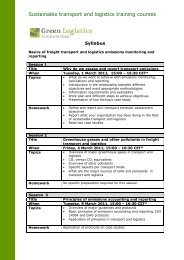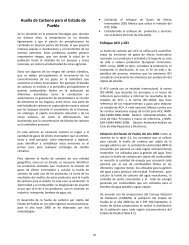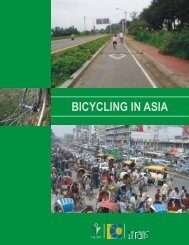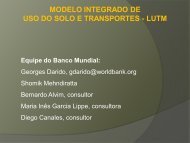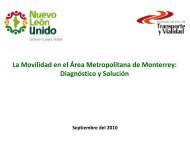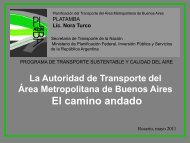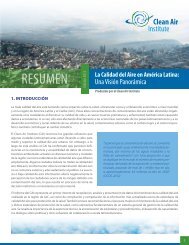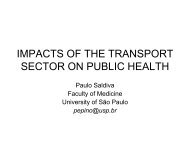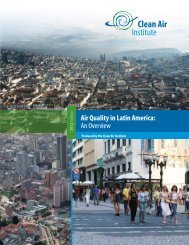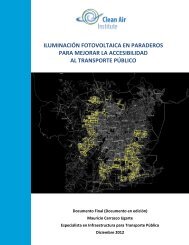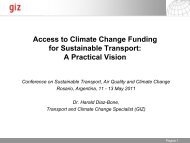CYCLE NETWORK AND ROUTE PLANNING GUIDE
CYCLE NETWORK AND ROUTE PLANNING GUIDE
CYCLE NETWORK AND ROUTE PLANNING GUIDE
Create successful ePaper yourself
Turn your PDF publications into a flip-book with our unique Google optimized e-Paper software.
8 IDENTIFYING <strong>CYCLE</strong><strong>ROUTE</strong> OPTIONSIDENTIFY EXISTING <strong>AND</strong> POTENTIAL <strong>CYCLE</strong> <strong>ROUTE</strong> OPTIONSIdentify opportunities for upgrading existing routes, or for new or alternative routes, and add them to the map of existing routes.Identify the alternative facilities that could be provided on each route to satisfy the needs of the cyclists who would use them.8.1 IntroductionThis chapter describes a process for identifying alternative ways to satisfy the needs of thedifferent types of cyclists who will use the route.8.2 Identifying opportunitiesThis involves considering the:• maps produced in the cycle demand assessment (chapter 7)• needs of cyclists who will be using each route (chapter 3)• possible locations for cycle routes (chapter 4)• possible approaches to developing a network (chapter 5)• cycle route components (chapter 6)• five-point hierarchy (chapter 8)• factors listed in Table 8.1.From this assessment, opportunities for upgrading existing routes or developingnew routes can be identified. All should provide cyclists with an appropriate LOSand be feasible.TRAFFIC ENVIRONMENT INFRASTRUCTURE CONTROLS/OTHER• Traffic speeds and volumes• Traffic composition,especially % ofheavy vehicles• Other road/path users’demands and requirements• Collision history• Route/road cross-sectionmeasurements• Topographic and landuse information• Parking controls• Access and parkingdemand characteristics• Intersection layout details• Key infrastructure details• Local traffic calmingmeasures• Drainage and utility services• Public lighting• Property driveway positions• Traffic management controlsand operational details, forexample traffic signals• Planning regulations• Local initiatives anddevelopments• Local technicalrequirements• Applicable routedesign guidelines• Land ownership• Land owner requirementsTable 8.1: Factors to consider during route option assessments8.3 Five-point hierarchyThe five-point hierarchy of measures to help cyclists (IHT et al, 1996) is considered in this order:• Reduce traffic volumes.• Reduce traffic speeds.• Adapt intersections.• Re-allocate road space.• Provide on-road cycle lanes and off-road cycle paths.These measures can be applied to the road and path system as a whole and toindividual routes.Cycle lanes and cycle paths, often the most commonly suggested measures, should only beconsidered after the issues higher in the list.56




